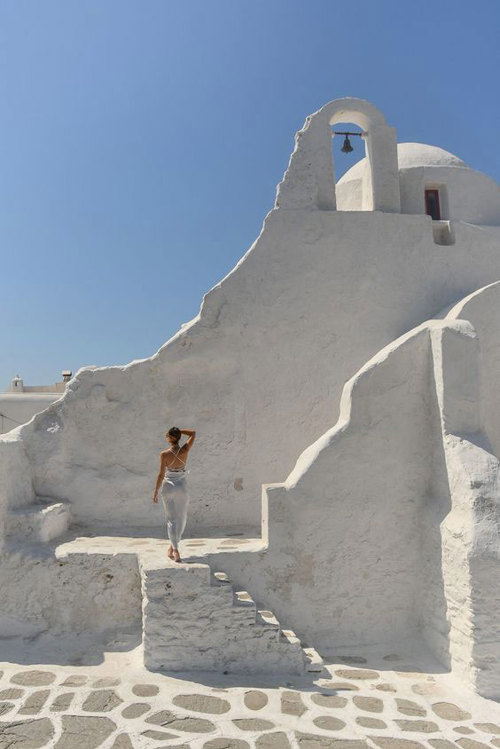mb +30 6988980860 (WhatsApp)
ph +30 2289076317-18
reservations@koukoumihotel.com
info@koukoumihotel.com
ph +30 2289076317-18
reservations@koukoumihotel.com
info@koukoumihotel.com

Mykonos: one island with thousands of emotions. Mykonos is indeed well known for its cosmopolitan nightlife, its marble narrow streets, and mesmerizing seascapes. What probably most people do not know is that Mykonos has a famous & rich history that dates several years ago.
Ancient Greek Mythology:
According to mythology, Hercules fought the Giants – in one of his twelve tasks – and through them into the sea. The Giants were petrified and turned into giant rocks that formed the island of Mykonos. Moreover, it is believed that the island was named after the son of the king of Delos, Anios who was believed to be the son of god Apollo and the nymph Roio. In addition, it is rumored that in Mykonos the muse Leto gave birth to Apollo and Artemis – the gods of sun & hunting, respectively.
Although this information is intriguing and interesting, still little is known about the island in Ancient Greek times. The only available information is from excavations that took place in Ftelia. The findings showed that Mykonos was inhabited by more than one civilization. From Cares and Phoenicians to Egyptians and the Minoans & finally the Ionians.
Roman-Byzantine Years
Mykonos was under the control of the Romans and the Byzantines, respectively. The latter built the island’s defensive infrastructure against the Arab pirates. What’s interesting is that during both occupations traditions and worshiping rituals changed creating a huge yet diverse culture on the island’s history.
Venetocracy
Following Constantinople’s fall at the end of the 4th Crusade in 1204, Mykonos was occupied by the Ghizi overlord – part of the extended family of Dandolo, the Dodge of Venice. During the Venetian occupation, the island faced numerous attacks by Barbarossa, the notorious admiral Souleiman the Magnificent. The last of the Venetians left the island in 1718 after the castle of Tinos fell in the hands of the Ottomans.
Ottoman Empire – Revolution
During the Greek Revolution of 1821, the Mykonians repulsed an attack by a squadron of the Turkish fleet and participated in the war of independence. Because the inhabitants were great sailors, they provided help during the War by offering 22 ships, 500 members of the crew, and 140 canons to the Greek Revolution against the Turkish yoke.
The most important figure was Manto Mavrogenous, a well-educated aristocrat who promoted the ideas of the Enlightenment and sacrificed her family’s fortune for the Greek Revolution. She was also a member of the Filiki Etaireia (a secret revolutionary organization). Manto Mavrogenous is Mykono’s national heroine. Her statue is situated in the middle of “Manto Mavrogenous” square in the main town.
19th – 20th Century
Following the Greek Independence, the island’s economy was destroyed. However, the island managed to gain its commercial power and rebuild its economy by trading textiles around Greece and abroad.
In the late 19th century, a few incidents such as the opening of the Canal in 1893 and the financial crisis in the Kingdom of Greece changed the financial life of the island. At that point, many Mykonians emigrated especially during World War I and II.
In the years that followed, tourism was the only answer to the local economy. The excavations in Delos contributed to this since the artifacts brought to life attracted the attention of several travelers. During their visit, they were mesmerized by the picturesque island of Mykonos and its people. By the 1960s the island became a safe shelter for artists and hippies. Soon the island increased in popularity and became a cosmopolitan destination, attracting visitors from all over the world.